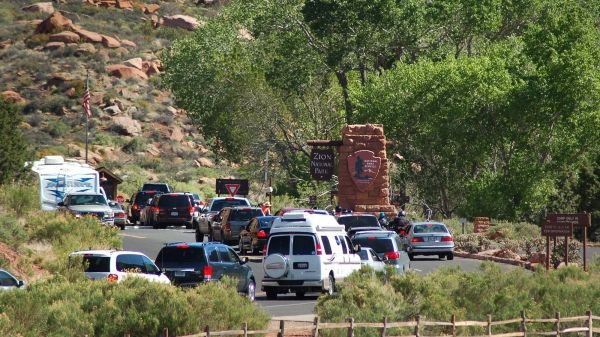When COVID-19 hit the United States, small towns near ski areas such as Park City, Utah, and Sun Valley, Idaho, experienced some of the highest per capita cases; people from around the world had brought the virus along with their skis. As the coronavirus spread, gateway communities—communities near scenic public lands, national parks, and other outdoor recreational amenities—felt acute economic pressure as the virus forced them to shut down tourist activities.
Now, many gateway communities are facing an entirely new problem: a flood of remote workers fleeing big cities to ride out the pandemic, perhaps permanently. Like oil discovery led to western boomtowns, the pandemic has led to the rise of “Zoom Towns”—and with this so-called amenity migration comes a variety of challenges.
“This trend was already happening, but amenity migration into these communities has been expedited and it can have destructive consequences if not planned for and managed. Many of these places are, as some people say, at risk of being loved to death,” said Danya Rumore, director of the Environmental Dispute Resolution Program and research assistant professor in the Department of City & Metropolitan Planning at the University of Utah.
Continue reading at University of Utah
Image via University of Utah


